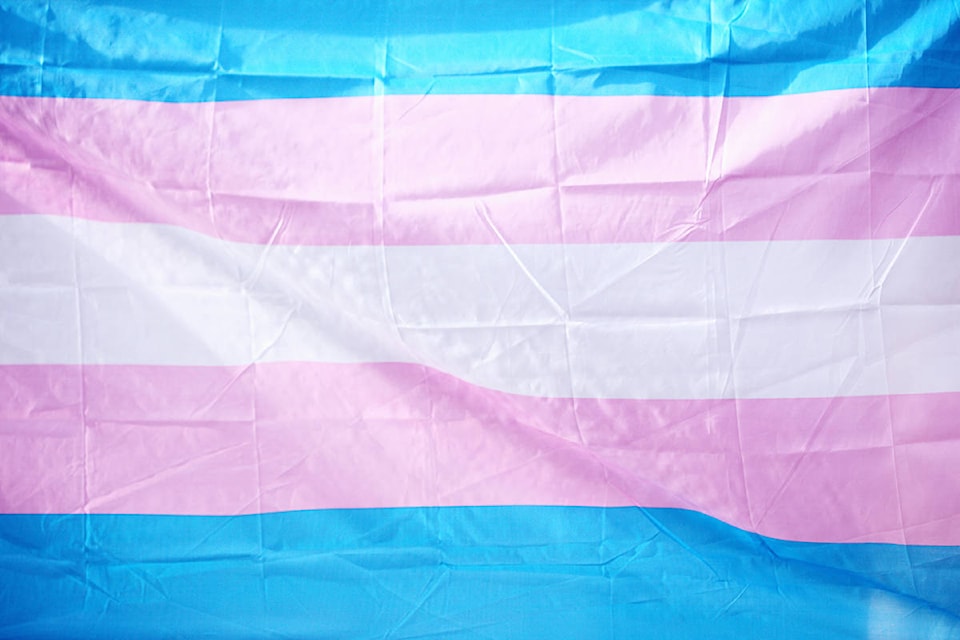The list of names read out on Nov. 20 in Bastion Square gets longer every year, memorializing those who have lost their live at the hands of someone who disagreed with their gender identity.
Transgender Day of Remembrance (TDOR) is an annual observance that began in 1999 as a vigil to honor the memory of Rita Hester, a transgender woman who was killed the year before in Boston. The vigil commemorated all the transgender people lost to violence since Hester’s death and began an important tradition.
A candlelight vigil was first held in Victoria in 2014 says ChrŸs Tei, executive director of the Rainbow Health Cooperative, an organization that advocates for the trans, two spirit and non-binary communities in regards to health matters in the province.
READ ALSO: Transgender inmate in Surrey denied transfer to women’s prison
“We’re just making sure it gets done, basically,” she says, adding it’s something she wishes the community didn’t have to do.
This year’s vigil takes place in the Grove of Souls, the area between the old courthouse and the Bastion Square parkade, starting with a multi-faith cleansing ceremony at 2 p.m., followed by a banner presentation and then the candlelight vigil that begins at 6 p.m.
Prior to the vigil a transgender flag will be raised at the Legislature buildings at 11:30 a.m. on the western side of the front lawns.
“That area, the reason it’s never been built on is that was the graveyard of the people who were executed [there] in the hangings,” says Tei.
READ ALSO: Christian minister accused of transphobia draws small audience, protesters in Sidney
According to Tei getting the list of names is always a “scramble” because only a handful of non profits around the world track transgender deaths and some countries — such as Russia and many places in Asia — don’t track the number at all. Tei says this is where she’d like to see Canada step up and help organize.
In 2014 Tei estimates there were about 190 names, along with the way the individuals died. Last year there were about 300 names on the list.
“When we started reading the list, we realized we had to have more people reading them because the people [reading] are breaking down and starting to sob,” says Tei. “… it’s a very somber moment.”
Part of the Rainbow Health Cooperative’s work is a long term research project looking at affecting systemic change in local communities. It’s a project that looks generations into the future for a solution to discrimination that is felt often by transgender people.
According to Victoria’s Vital Signs report, 40 per cent of transgender people surveyed report frequently feeling uncomfortable due to discrimination, which is significantly higher compared to the three per cent of women and 2 per cent of men.
For Tei systemic change happens when “the rest of society sees transgender people as important, respected and vital” and one of the ways to push progress forward is by developing a community identity through events such as TDOR.
“We want society to think of trans people like firefighters — you might not want to be one, but you’re sure glad they’re around,” she says.
kendra.crighton@blackpress.ca
Follow us on Instagram Like us on Facebook and follow us on Twitter.
